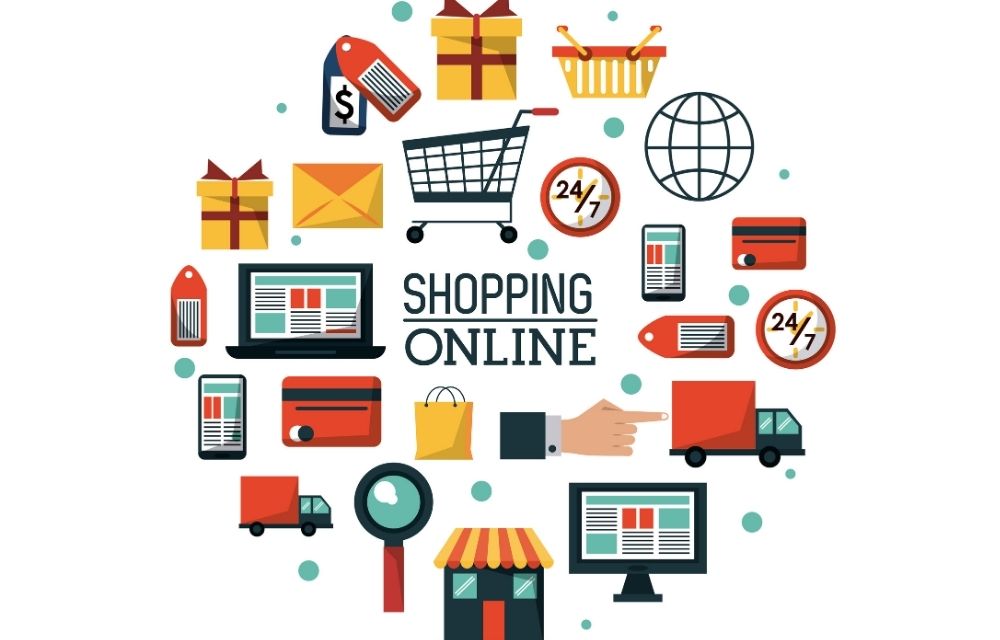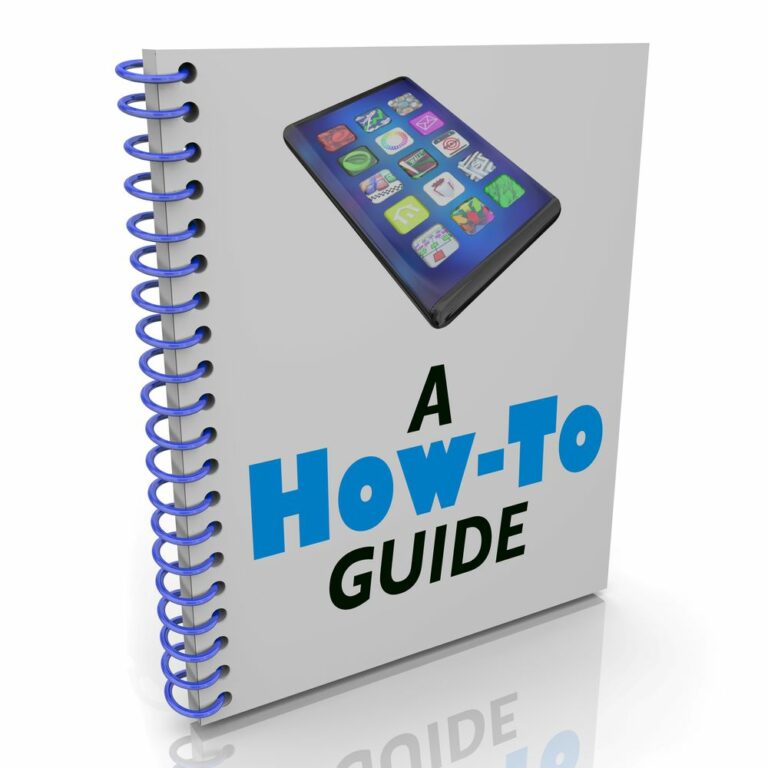The journey people take when researching and buying products online is growing increasingly complex. New research from Google sheds light on what businesses can do to reach these customers.
A few months ago, I bought a new tripod online for my DSLR camera. It’s likely you can relate to the journey I went on to research and purchase the tripod.
Often when looking for a product we start with a Google search. On this occasion though I headed straight to a specialist e-commerce website that has great deals on photography gear. I navigated to their tripods section and filtered the products to suit my price range. There were lots of different products to choose from.
I explored a number of the options and then went to Google to research more about the specific models that looked appealing.
I found the manufacturers websites and read more information about their range of models and the specific features of each. From there I headed back to Google to research the differences between a few of the models I was considering. I narrowed down my options to two models and then did another Google search to find reviews for those. This led me to YouTube where I watched some unboxing videos of those tripods followed by a handful of YouTube reviews.
Finally, I decided which tripod I wanted to select. But the process wasn’t over.
I now searched for that specific tripod model to see price comparisons from online stores. I looked at both NZ and international stores. I found a couple of websites that were fractionally cheaper than my original website, however one of them didn’t ship to NZ, and the other didn’t seem quite as reputable as the store I had already visited, who I knew provided outstanding service and fast shipping.
So, after this winding journey, I placed the order with the original store.
Can you relate to this journey?
We often think online buyers have a linear journey – they search, click and buy. But the reality is there are often many more touch points in the journey. This journey, between when someone is first triggered to start looking for a solution and when they order a product, is affectionately called “The Messy Middle”.
For the past two years, Google has studied over 250,000 online shopping journeys across 25 categories. They drew on decades of behavioural science research and have shared some surprising findings in their report “Decoding Decisions – Making sense of the messy middle”.
One of the key findings is that, for many product categories, the buying journey contains an increasingly large number of touch points in no clearly defined order. There are no typical journeys. Buyers go back and forth between many sites in their journey including search engines, review sites, online videos, social media, comparison sites, forums, retailer sites, brand sites, voucher/coupon sites, aggregators and more! This behaviour often occurs across multiple tabs and multiple devices.
In one example, an anonymised shopper’s journey for buying headphones took 375 touch points before purchasing! Another shopper looking for a kitchen table took 85 touch points to buy.
If you’re a retailer or manufacturer, this new way of shopping has big implications for your marketing.
For product brands you’ll want to show up early in the shopper’s journey for your product to be considered. This can include running Google Ads for the initial search terms that are early in the buying journey – such as “best tripods” or “best tripods under $500” for the tripod example. You can send your products to YouTube channels for unboxings and reviews.
It also important to be responsive to complaints or negative reviews on third-party review websites because consumers search for reviews before purchasing your product. You’ll also want to find ways to connect with the purchasers of your products and encourage happy customers to write reviews. You want to look across the messy middle of the buyer journey and aim to show up multiple times along the way.
If you’re an online retailer you can benefit from the research-based exploratory questions people search for. Sticking with the tripods example, your site can have content like, “3 Best Tripods Under $500”, “Photography vs Video Tripods – Key Differences to Consider”, and comparison articles. You can create YouTube videos of reviews and unboxing for top selling products – or provide an affiliate programme where you pay a commission to YouTubers who send buyers your way, after watching their YouTube review. (Amazon do this very well).
Once you have a potential buyer on your site, remember that they have lots of questions in their shopping journey, so think about how you can answer as many questions as possible while they’re on your site. If you can provide answers to their questions, you can decrease their need to look elsewhere and increase the likelihood they buy from you. Google’s research also found that well-crafted product pages including the use of easily digestible key features, testimonials from perceived experts, reviews and more, significantly influenced buyer behaviour.
So, if you sell consumer-facing products, embrace the messy middle with your marketing and make sure you show up multiple times along their journey.









